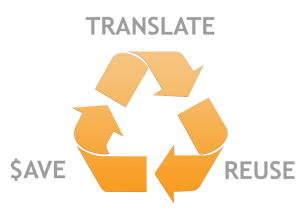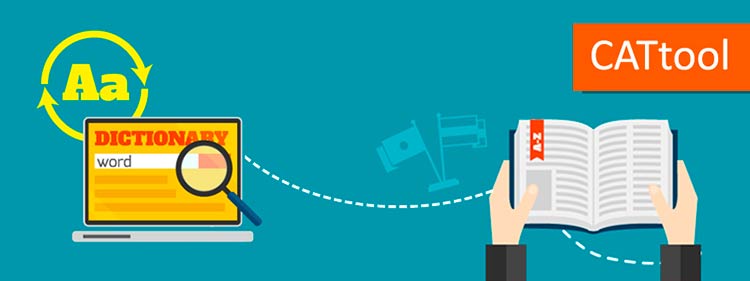Translation memory

Translation memory, a value for translation
Information technology allows, through the translation memory technology, to speed up, streamline and make a translation more uniform. How is this possible? Translation memory is an application that allows storing the translations already carried out for a pair of languages, creating correspondences between text strings, storing them in a general memory. In this large containerm a lot of information is added that is useful to the translator when translating a text, for example in the context of a project. What advantages are there for translators that uses a translation memory? First, they will find suggestions for the translation “inherited” from previous works inserted in the translation memory, that is, it can use the strings already translated and save a great deal of time. Secondly, they could find suggestions on terms or expressions that they do not know or on which they should have reasoned for a long time, which may have been recorded by another translator of their team. Last but not least, TM allows for a uniform translation, ie showing the translator how an expression has already been translated. For example, in the context of a technical project, it could be fundamental for an engineer to find a term that is always translated in the same way, so as not to have doubts or to confuse its meaning. Kasakova Traduzioni produces a dedicated TM for each major project. This is a choice of reliability, quality and uniformity for the translation and for the final result to the client. In years of work, we have accumulated a great know-how in this sense and an immense database.
Below are the steps in using the translator:
- The translator opens the source text in a CAT program.
The CAT program extracts content that can be translated (source content with images or other non-textual elements
will appear as translatable in the user interface).  The CAT program breaks the text into translation units, usually phrases, sentences or paragraphs. These units are also known as segments.
The CAT program breaks the text into translation units, usually phrases, sentences or paragraphs. These units are also known as segments.
The CAT program displays the source text field and the translation field side by side, one segment after the other.
The translator types translations into the empty target segments until the translation job is complete.
Once a translation segment is completed, the CAT tool saves the source text and its translation together as a pair in a translation memory. The translator can return to this pair at any time to make changes and the translation memory will update accordingly.
The CAT program will recognize identical or similar source text segments and automatically populate the corresponding translations in the target column, drawing from the translation memory.
Kasakova Traduzioni creates a dedicated TM for each large project. This is a choice of reliability, of quality and uniformity for the translation and for the final result to the client. Over years of work we have accumulated great know-how in this sense and an immense database.
Feel free to contact us here to get a free quote for your documentation to be translated.





